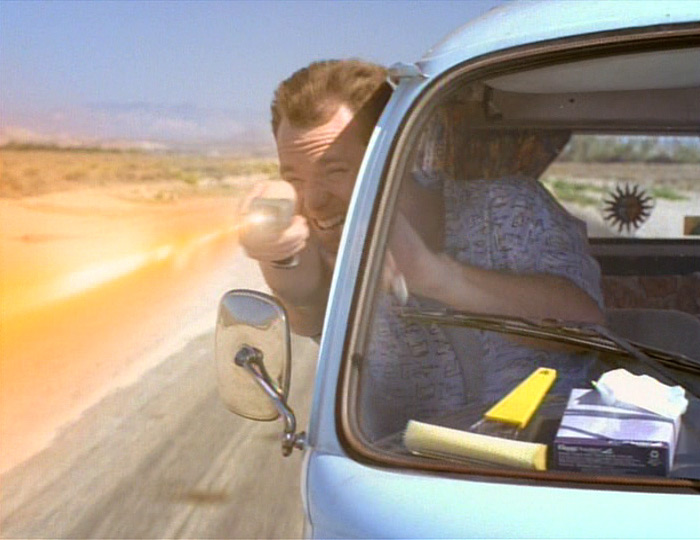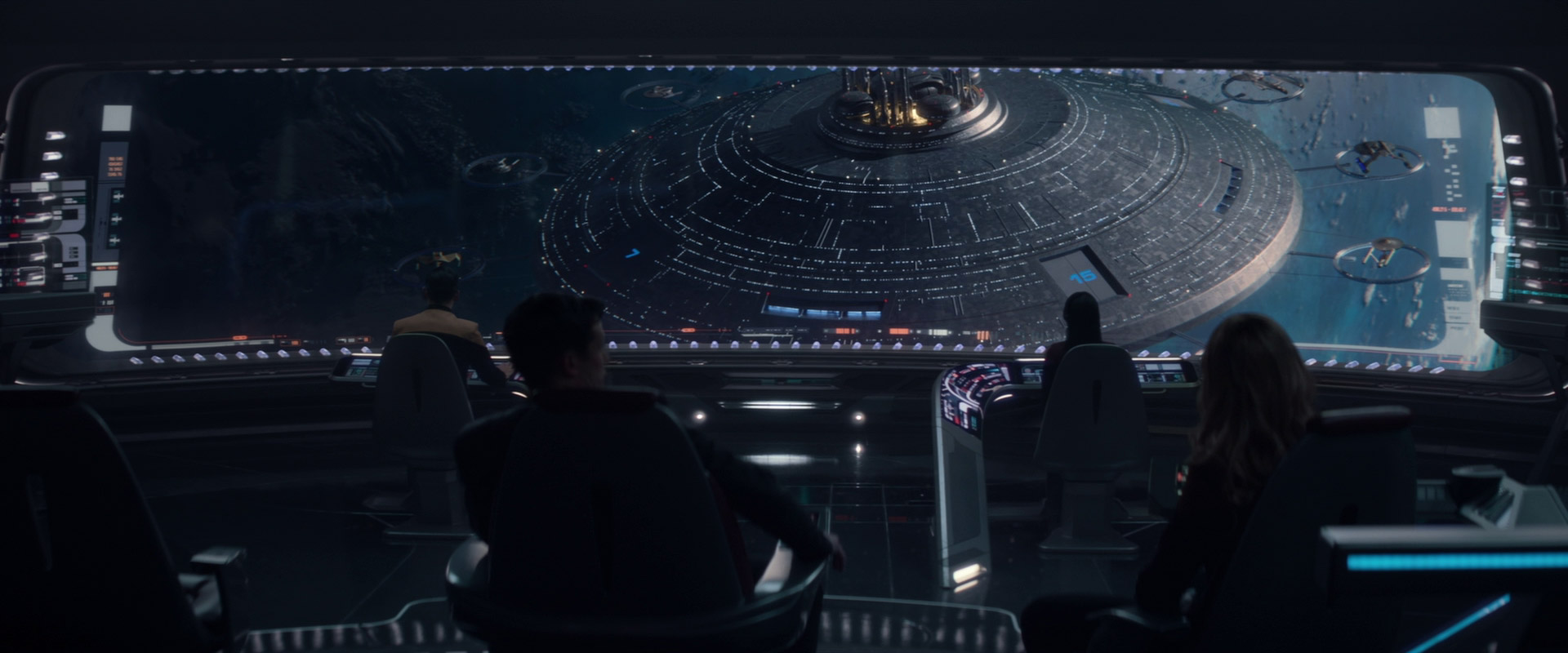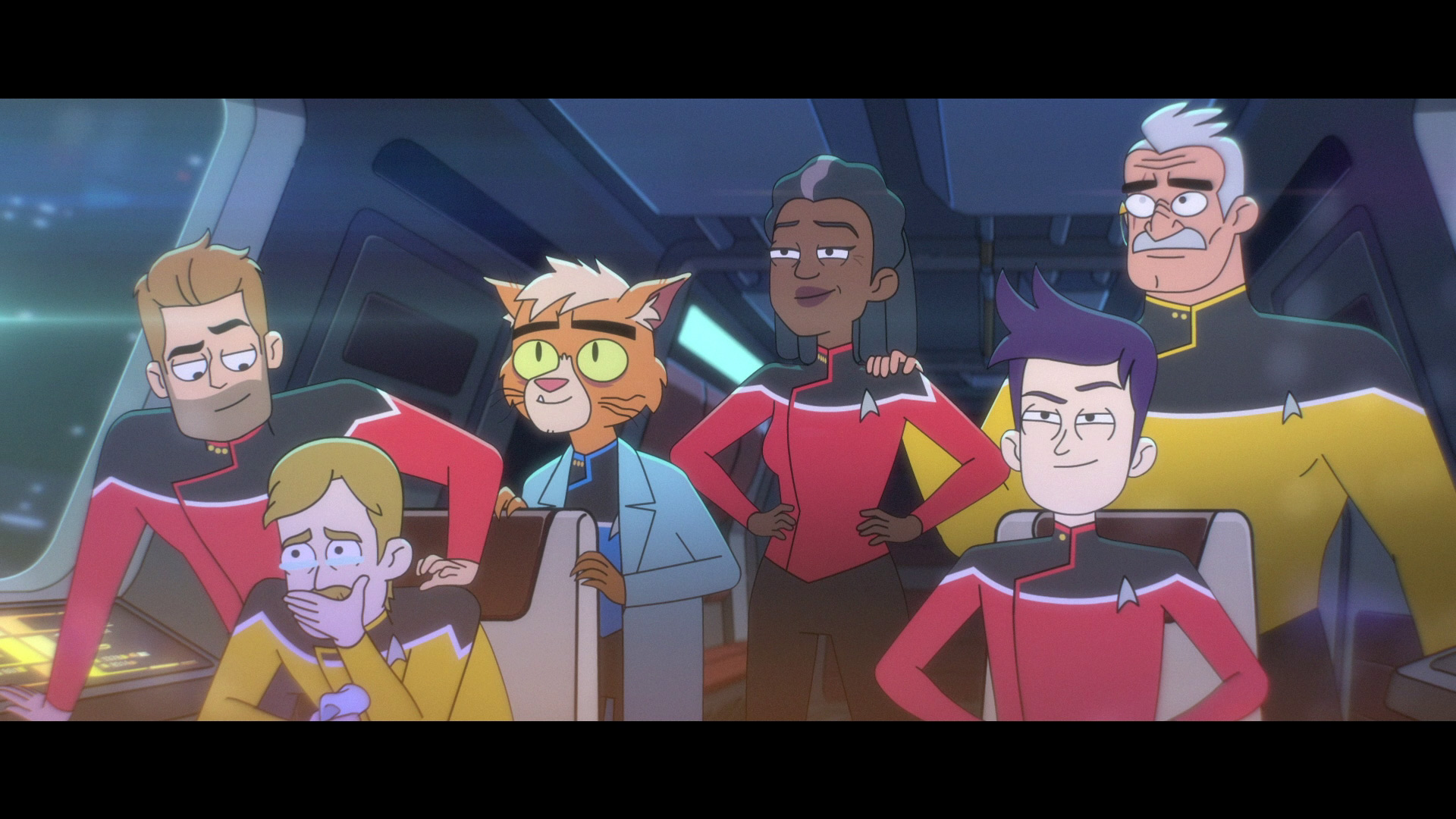
Action Score
“Doc to the Rescue – Chase / Killer Truck” by Jay Chattaway
For these #Notevember prompts, I sometimes spend a lot of time trying to pick something, while other times, something just pops into my head immediately and I stick with it. This is one of those latter times.
I remember the first time I saw “Future’s End” back in 1996, and I remember being blown away both by the ambition of the story and also how cinematic it looked. Yes, it’s still an episode of TV, but at the time it felt like so much more than that. I had been enjoying Star Trek Voyager to that point, but this felt like they had kicked things up another notch or two.
Jay Chattaway is in fine form here as well. This cue covers much of the climax of the story, and for whatever reason is one that I have had stuck in my head ever since that first viewing.
The first section of the cue covers the rescue of Chakotay and Torres from a group of militiamen by “a Black man and some bald guy,” a.k.a. Tuvok and The Doctor. The music here does the job, but the memorable part of the sequence is certainly The Doctor “making a house call” by being unaffected by the militiamen’s shotguns and stunning the captors. It’s when the action jumps back to Tom Paris and Rain Robinson (Sarah Silverman)’s pursuit of a truck that they think contains a time ship from the 29th Century that the music really kicks into gear.

I made fun a little recently of the “David Bell Motif” but that phenomenon is certainly not unique to Bell. Pretty much every Jay Chattaway score I can think of has some variation of what I will inelegantly call his “suspense motif.” It’s another one that you might not notice but once you hear it, you can’t miss it.

In this scene, Chattaway deploys that motif liberally and adapts it for low brass into a pounding thematic phrase as Paris attempts to shoot one of the tires of the truck.
While he is initially successful, the music turns tense as Starling’s Corporate Goon, er, Mr. Dunbar turns around and is about to ram Paris and Robinson before Chakotay and company swoop in and destroy the truck.
- Composed by Jay Chattaway
The cue is rounded out by the discovery that there was no time ship in the truck—”it was a ruse!” says Chakotay—and Starling has already taken off in the real ship, setting up the final moments of the episode.



